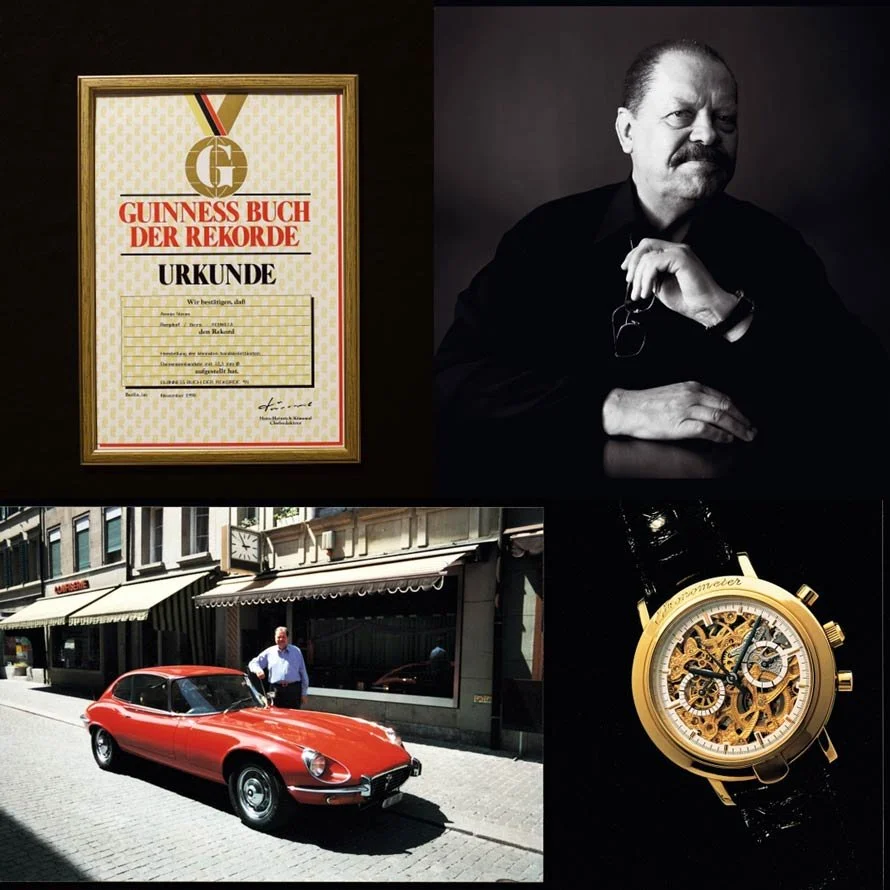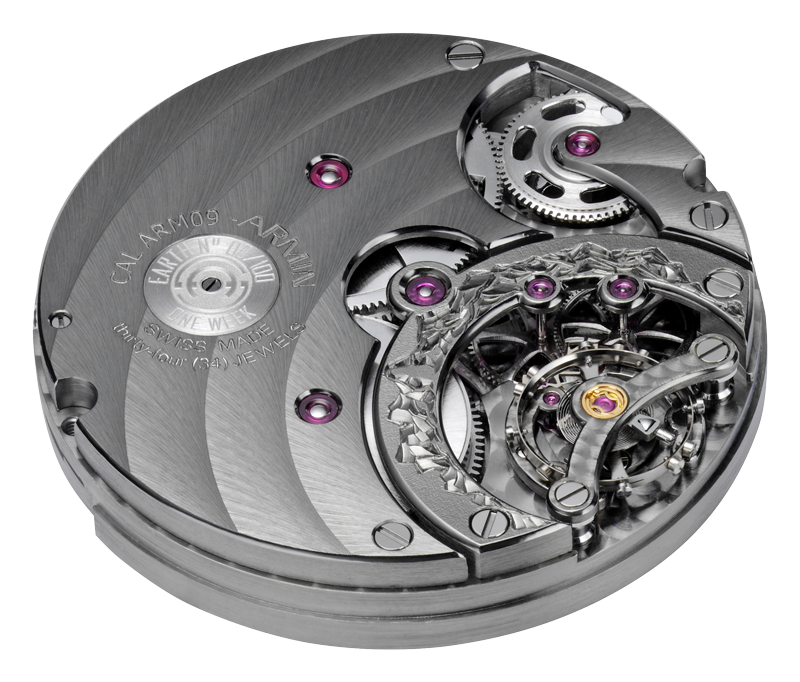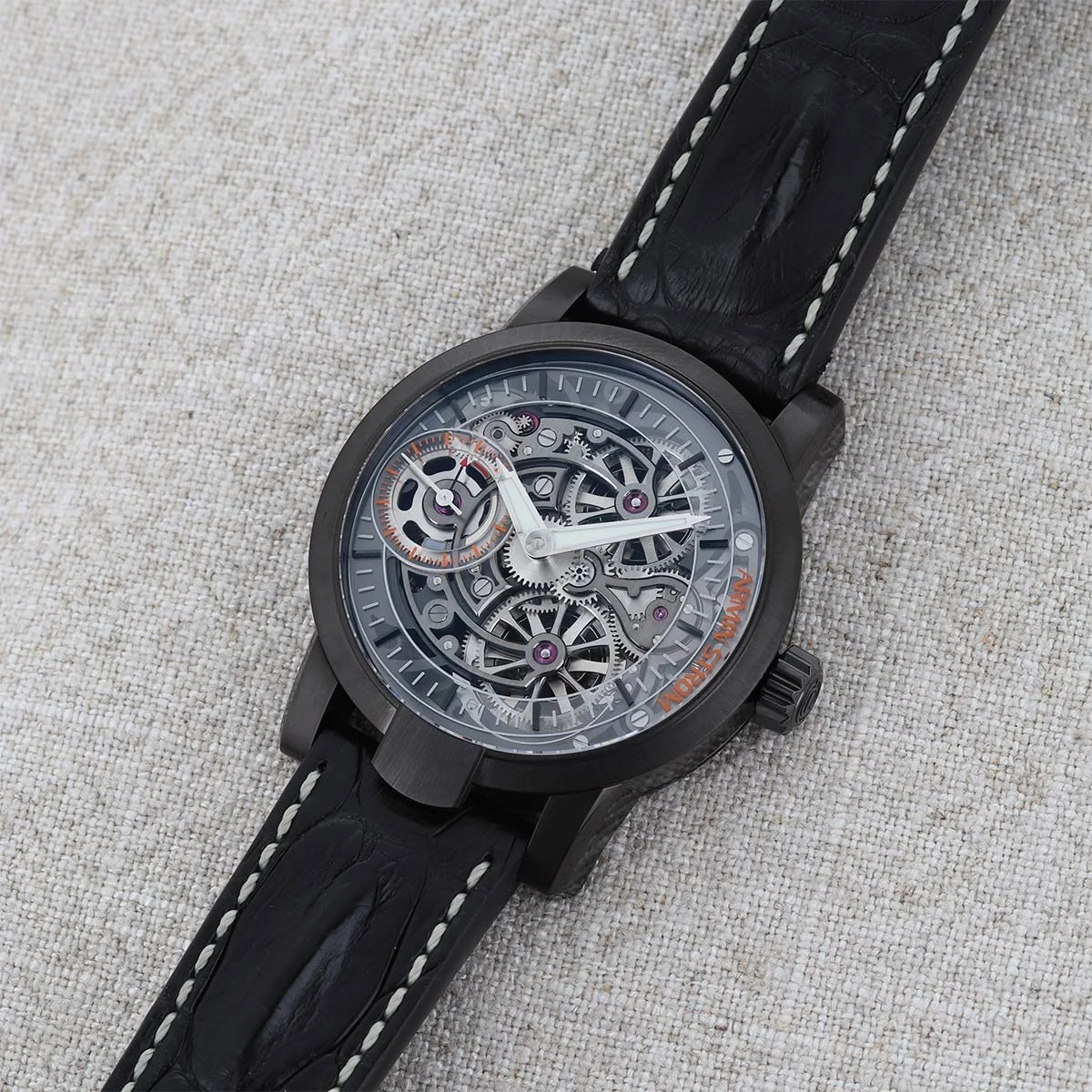Armin Strom – how the independent brand has built its momentum
Armin Strom has come a long way since Serge Michel and Claude Greisler took over in the mid-2000s. In roughly 15 years, the Biel-based watchmaking manufacture has built a whole team, released twenty in-house calibers, and established a catalog with its own distinct design sense and complications. We were curious to learn more about the brand’s journey and caught up with Claude, the master watchmaker behind Armin Strom, to dive deeper into where things started and how the brand has built its momentum.
The beginnings of Armin Strom and its new chapter
There’s sentimentality in the heart of Serge and Claude’s leadership at Armin Strom. The watchmaker, Armin Strom, opened his workshop in Burgdorf where Claude and Serge grew up. Outside of Bern with a population of roughly 15,000, Armin Strom, the man, was a local legend in the community – an entrepreneur with a successful, global business. As Claude mentioned, “Mr. Strom was basically a local celebrity. He had really nice cars and traveled the world, but never left Burgdorf.” What started as a small repair and restoration business transitioned to manufacturing components and even creating hand skeletonized timepieces under his own name in the 1980’s.
The throughline from the company under Armin Strom’s leadership and its transition to Serge and Claude is skeletonization. Under Serge and Claude’s leadership, the first timepiece in 2009 to its most recent releases often expose the movement through the dial. This is a nod to the brand’s origins, to Armin Strom’s earliest work on his own timepieces 40 years ago. Since the mid-2000s though, things have shifted toward a much more technical form of watchmaking. As Claude said, “we were focused on becoming a movement developer from the very beginning.”
Leveraging his experience in movement development at Christophe Claret’s workshop, Armin Strom launched its first in-house movement in 2009 with the ARM09 – a manual wind caliber with 7 day power reserve, exceptional finishing, hand engraving, and the brand’s emblematic dial-side exposed mechanics. Hour, minute, and second with a power reserve indicator, this movement laid the foundation for Serge and Claude’s vision of the next chapter for Armin Strom.
From “shy” beginnings to bold releases
There were a few things that stuck out from our conversation with Claude. The first is that the brand’s first 6-8 years were, in Claude’s words, “a little shy.” The ARM09 was a proof of concept, one that showed that Claude with his watchmaking experience can go through the whole development cycle of an in-house movement. It was quite quickly after the release of the brand’s first timepieces in the “One Week Collection” in 2010 and the “Skeleton Pure” in 2014 that they shifted gears. It was time for a much bigger swing.
From 2016 to 2020, Armin Strom released the Mirrored Force Resonance, one of the only watchmaking brands to create resonance complication timepieces alongside F.P. Journe, as well as their Masterpiece 1 and 2. This is a feverish pace for the release of highly complicated timepieces, and a massive show of the brand’s in-house capabilities after its more modest, earlier releases. Claude said that “the Mirrored Force Resonance gave us confidence that we can problem-solve and invent our own solutions to the most complicated technical issues in watchmaking.”
That major moment manifested itself in the brand’s patented Resonance Clutch Spring. Claude and the team were able to create a mechanism that forces the synchronization of both balances faster than ever before. That ensures that the chronometric performance that resonance affords happens as quickly as possible once there is energy in the mainspring. Crafted from a single piece of steel, the mechanism is designed to transfer energy between both hairsprings and quickly bring the balance wheels into resonance. It also ensures that the mechanism is more shock resistant and resilient to everyday wear and tear.
What we like about Armin Strom
At Esperluxe, there are two things that attract us to Armin Strom timepieces – the brand’s unabashed Swiss-German approach to watchmaking and its focus on complications in unconventional ways.
Claude made it a point that Armin Strom is one of the few Swiss-German watchmaking businesses. Amongst independents, there are H. Moser & Cie, Urwerk, Beat Haldimann, Armin Strom – most “Swiss” watchmaking businesses are in French-speaking cantons. There is something distinctive about the Swiss-German style of watchmaking though. “It tends to be aesthetically more industrial and Bauhaus – industrial-design has a heavy influence on our watchmaking,” mentioned Claude. Movements are well-finished, but not over-decorated and lines tend to be clean. With some exceptions in their catalog of calibers, German silver is the standard, creating uniform color palettes across components. Texture is derived from the open-worked nature of the brand’s calibers – there are very few excessive curves and angles. It’s easy to observe that the primary focus is, first and foremost, on the technical aspects of the movement and its adornments fall secondary (one of the primary characteristics of Bauhaus approaches to architecture).
In terms of how the brand approaches innovation, the Orbit is a testament to Armin Strom’s style of watchmaking. There’s an immense focus on technical development, but not always on haute complications. The Orbit returned to find novelty in one of the most tried-and-true complications – the date function. A complete reimagining, the monopusher can turn the date function on and off, causing the date indicator to jump to the current date and then return to 12 o’clock when deactivated. It’s an novel complication that leverages components typically found in chronograph movements to power the date function, all in service of heightened interactivity with using the timepiece in day-to-day life.
Since the Mirrored Force Resonance, Armin Strom has a continued stream of new releases that continue to impress. With the brand’s established design language and increasingly creative complications, we’re excited to observe and support Claude and Serge through future endeavors.




